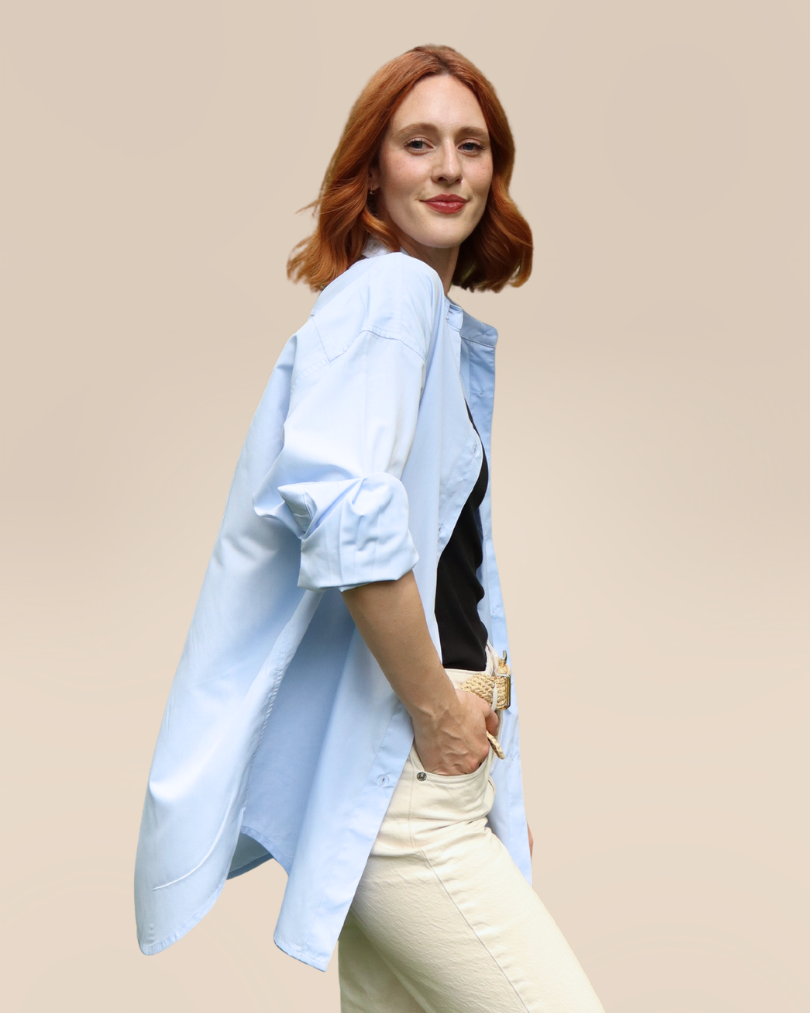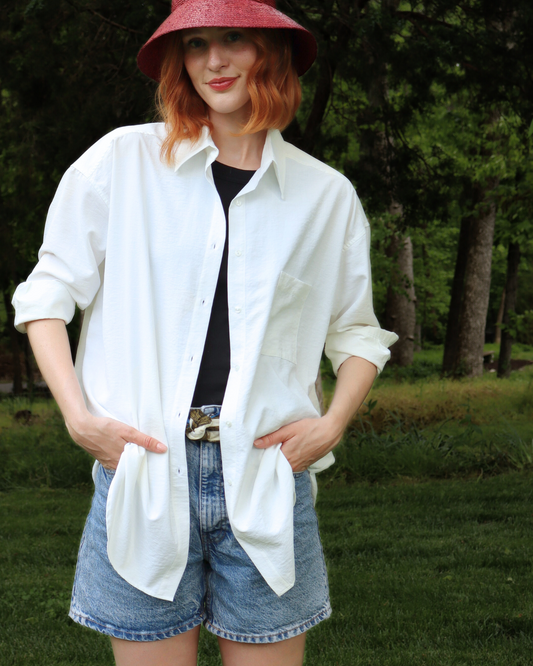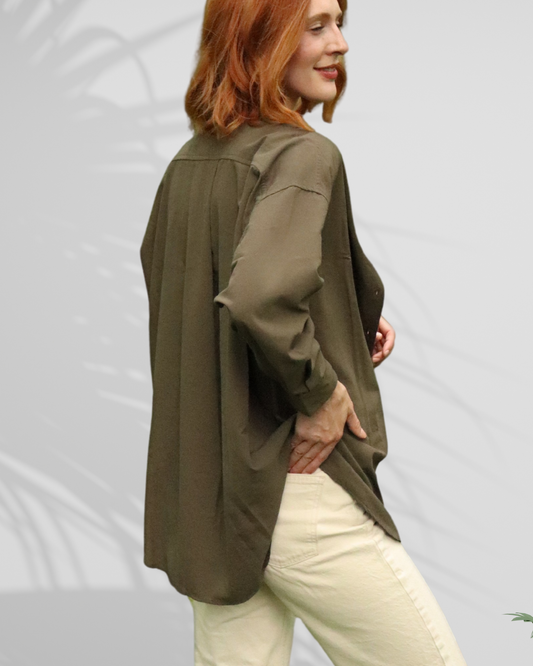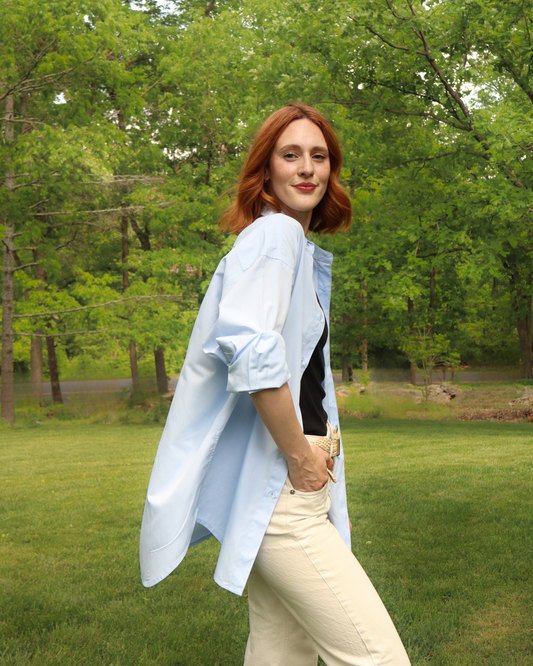
Sunscreen vs UPF Clothing: What is the difference?
Share
What is the difference between sunscreen and UPF clothing?
When it comes to sun protection, most people reach for sunscreen. But there’s another powerful—and often more reliable—tool: UPF clothing. Both serve an important role in protecting against harmful ultraviolet (UV) radiation, but they work in very different ways. Here’s a breakdown of how they compare, supported by the science.
How Sunscreen Works
Sunscreen is a topical product that uses chemical filters (like avobenzone or oxybenzone) or physical filters (like zinc oxide or titanium dioxide) to absorb, scatter, or reflect UV rays before they can damage the skin.
-
Sunscreens are labeled with an SPF (Sun Protection Factor) number, which measures protection only against UVB rays (the rays that cause sunburn).
-
UVA protection varies unless the product is specifically labeled “broad-spectrum.”
Limitations:
How UPF Clothing Works
UPF (Ultraviolet Protection Factor) is the clothing equivalent of SPF. It measures how much UV radiation penetrates fabric and reaches the skin.
-
A UPF 50 shirt blocks 98% of UV rays, allowing just 2% through (Skin Cancer Foundation).
-
Everyday fabrics can be surprisingly poor protectors: a white cotton T-shirt may have a UPF as low as 5, meaning up to 20% of UV rays pass through (American Cancer Society).
Advantages:
-
-
Protection is built in—no need to reapply.
-
Shields against both UVA and UVB rays consistently.
-
Doesn’t wash or sweat off.
-
Particularly critical for infants under 6 months, who should not use sunscreen (AAP).
-
Sunscreen vs. UPF Clothing: Key Stats
-
53% of people don’t use sunscreen regularly, according to the CDC (CDC).
-
A UPF 50 garment blocks 49 times more UV radiation than bare skin.
-
Sunscreen efficacy drops sharply if applied too thin—an SPF 30 sunscreen applied at half the recommended thickness provides only about SPF 5–9 protection (FDA).
-
Clothing is the most effective form of sun protection, per the Skin Cancer Foundation (Skin Cancer Foundation).
The Bottom Line
Both sunscreen and UPF clothing are important tools, but they’re not interchangeable.
-
UPF clothing provides the most consistent, reliable protection—especially for areas covered by fabric.
-
Sunscreen is essential for uncovered areas like the face, hands, and neck.
The best defense is a combination approach: wear UPF clothing daily and use broad-spectrum sunscreen on exposed skin. Together, they create the strongest shield against premature aging, sunburn, and skin cancer.



